
SATELLITE TECHNOLOGY
Starlink is the world's most advanced satellite constellation using a low Earth orbit to deliver broadband internet capable of supporting streaming, online gaming, video calls and more.
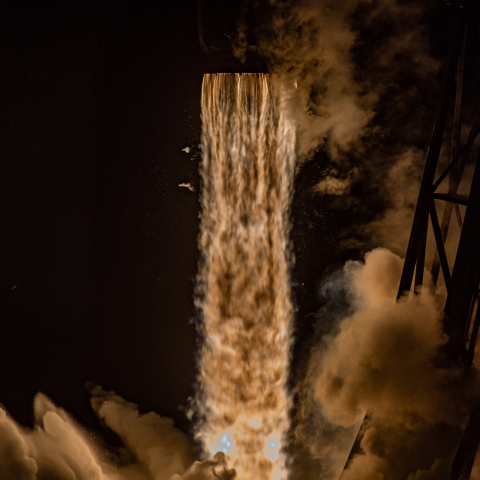
REGULAR ACCESS TO SPACE
As the world’s leading provider of launch services, SpaceX is the only satellite operator with the ability to launch its own satellites as needed. With frequent, low-cost launches, Starlink satellites are constantly updated with the newest technology.

ENGINEERED BY SPACEX
Leveraging SpaceX’s deep experience with both spacecraft and on-orbit operations, Starlink's advanced satellites are produced and operated in Redmond, Washington and Starlinks Kits or customers are manufactured in Bastrop, Texas, all to deliver high-speed, low-latency internet all around the world.
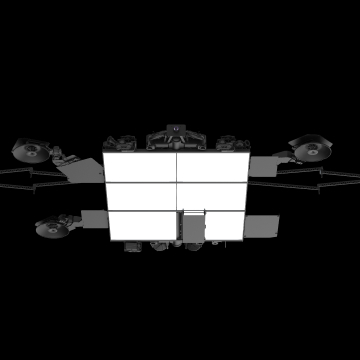
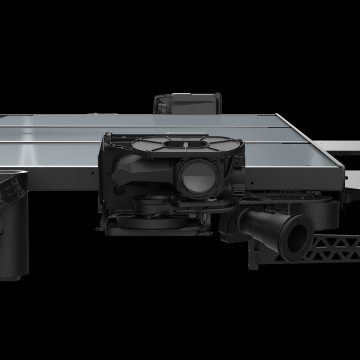

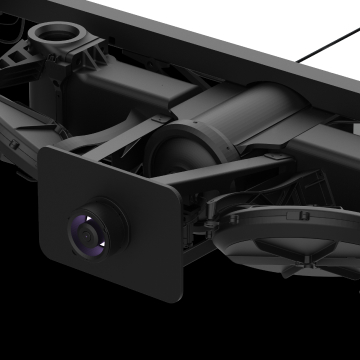
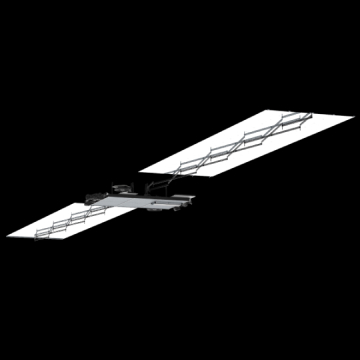
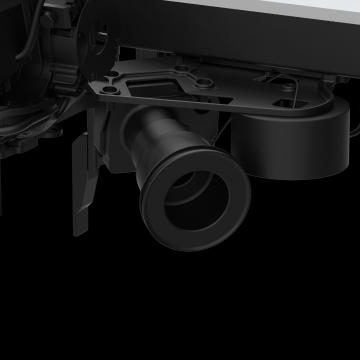
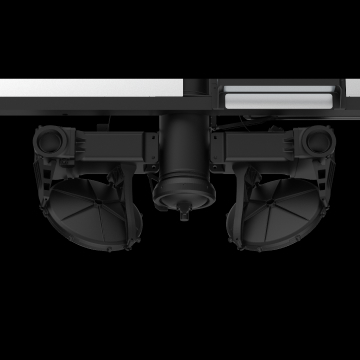
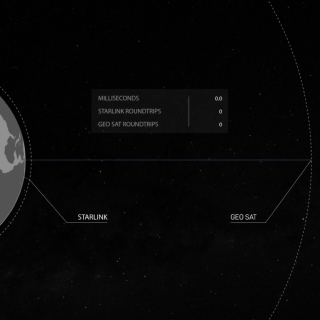
How Starlink Works
Most satellite internet services come from single geostationary satellites that orbit the planet at 35,786 km. As a result, the round trip data time between the user and satellite—also known as latency—is high, making it nearly impossible to support streaming, online gaming, video calls or other high data rate activities.
Starlink is a constellation of thousands of satellites that orbit the planet much closer to Earth, at about 550km, and cover the entire globe. Because Starlink satellites are in a low orbit, latency is significantly lower—around 25 ms vs 600+ ms.
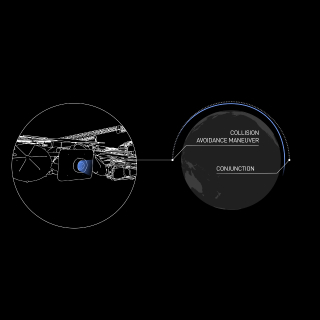
SPACE SUSTAINABILITY
For information on enabling effective, open conjunction coordination, visit our satellite operator page
To download the latest Starlink satellite ephemerides, or submit ephemeris for your own satellite for rapid conjunction screening, refer to the conjunction screening system documentation.

STARLINK SATELLITE DEMISABILITY
Starlink operates the world’s largest satellite constellation, with over 6,750 satellites currently in orbit, serving millions of active customers around the globe with high-speed, low-latency internet. As the world’s largest satellite constellation operator, we are deeply committed to space safety. Starlink operates with the most conservative maneuver thresholds in the industry, publicly shares its high-precision ephemerides, and has introduced a space safety service to ease coordination with other satellite operators and launch service providers.

PRESERVING THE NIGHT SKY
Space exploration is fundamental to SpaceX’s core mission. SpaceX has therefore taken unprecedented steps to work with the astronomy community to better understand how SpaceX--and all satellite operators--can mitigate the effect that the Sun’s reflection off of satellites can have on astronomical observations.
As a result of this deep, collaborative work, SpaceX has implemented innovative technological solutions and techniques to minimize its satellites’ effect on the night sky. In fact, SpaceX has invested more than any other satellite owner/operator to develop and deploy such technologies and techniques.